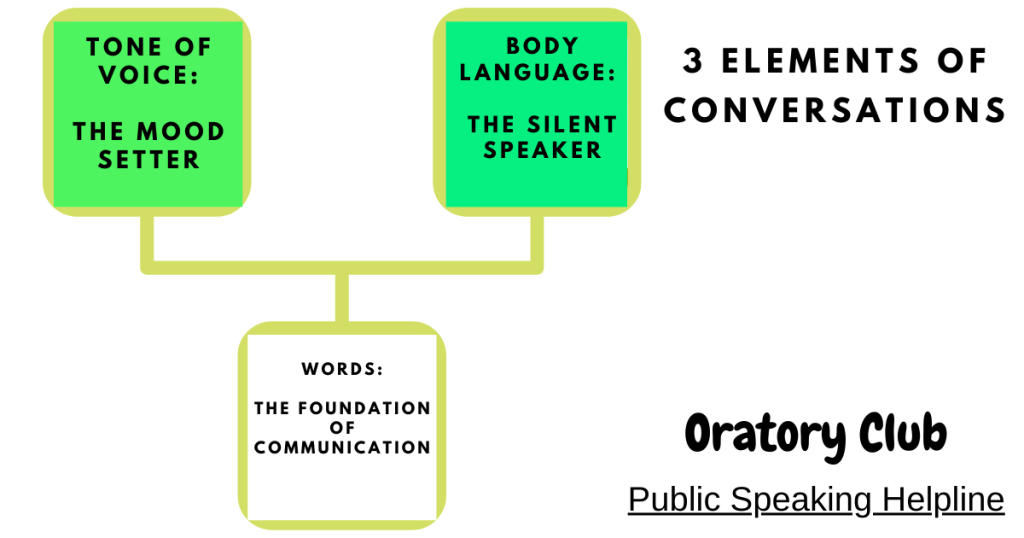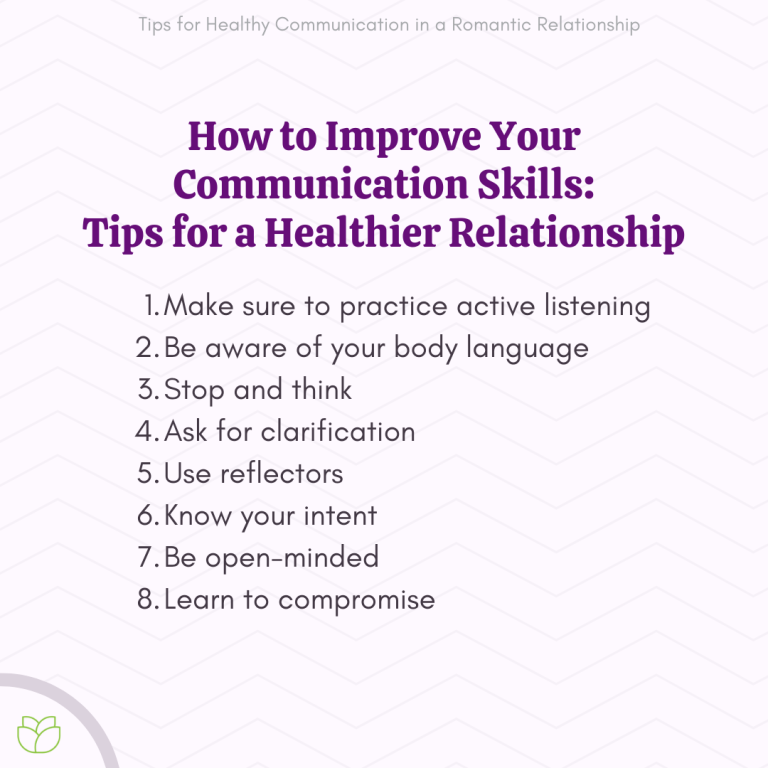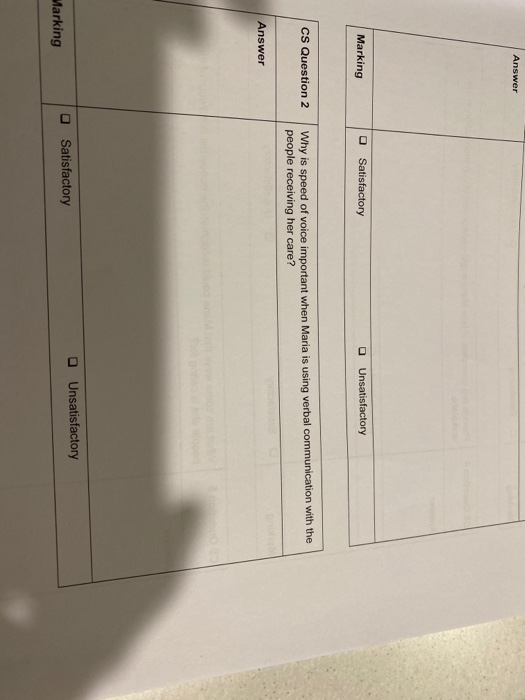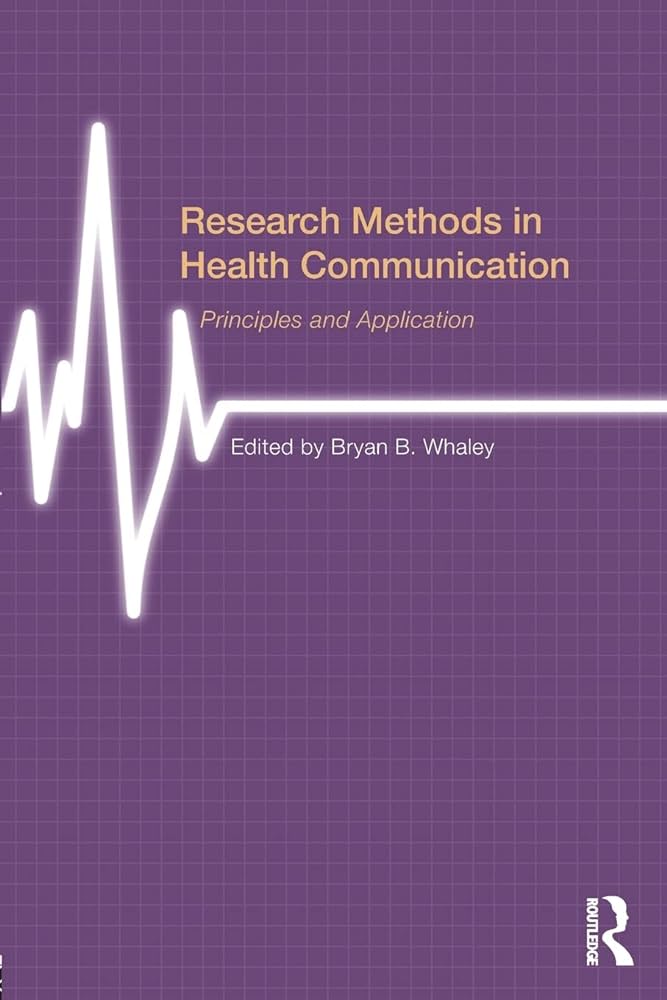3 Elements of Conversation
Conversations are a part of daily life. They connect us, solve problems, and build relationships. Every conversation has three essential elements: words, tone of voice, and body language. Together, they determine how your message is received. Mastering these elements can make every interaction more effective and meaningful.
3 Elements of Any Conversation
Conversation is not merely the words you utter, it is the combination of at least 3 key elements. Your words get meaning with the tone and body language you display while talking.

Words: The Foundation of Communication
Words carry the core message. They are the first thing people focus on when you speak. Yet, surprisingly, they only account for 7% of communication. Words matter, but how you say them matters even more.
Use simple, clear language. Avoid jargon or complicated terms. Speak in short sentences to ensure clarity. For example, instead of saying, “We require immediate assistance to execute this task,” say, “We need help with this now.”
People often forget exact words. They remember the meaning behind them. Use words to create understanding, not confusion. Ask yourself, “Does this make sense to the other person?”
Be concise. Too many words can dilute your message. Stick to the point. For example, instead of saying, “There are several reasons why we need to discuss this matter at length,” say, “Let’s talk about this now. It’s important.”
Tone of Voice: The Mood Setter
Your tone carries more weight than your words. It accounts for 38% of communication. Tone reflects your emotions and attitude. A warm, friendly tone can make someone feel valued. A harsh tone can make the same words sound rude.
Imagine someone saying, “I’m glad you’re here.” A cheerful tone feels welcoming. A flat tone feels dismissive. Always align your tone with your message.
Speak slowly and clearly. A rushed tone makes people feel anxious. A calm tone makes them feel safe. Pausing between thoughts can emphasize important points. For example, “We need to act… now,” carries urgency and clarity.
Lowering your voice can make you sound confident and trustworthy. Avoid speaking too loudly or too softly. Both can distract from your message.
Pay attention to inflection. A rising tone at the end of a sentence can sound like a question. This can confuse listeners. A steady tone signals confidence.
Body Language: The Silent Speaker
Body language speaks louder than words. It makes up 55% of communication. People notice gestures, posture, and facial expressions before they hear your words.
Maintain eye contact. It shows interest and builds trust. Avoid staring, which can feel intimidating. A natural gaze helps connect with others.
Smile when appropriate. A smile can make you appear approachable and kind. It softens the tone of the conversation.
Use open gestures. Avoid crossing your arms or looking away. These actions can seem defensive or uninterested. Open palms and relaxed movements convey honesty and ease.
Your posture matters too. Stand or sit upright. Slouching can signal boredom or insecurity. A confident posture reflects focus and attention.
Synchronize your body language with your words. If you’re explaining an idea, use hand gestures to reinforce it. For example, if you say, “We need to take steps forward,” a forward motion with your hand adds impact.
How These Elements Work Together
All three elements must align. Mixed signals confuse your audience. Imagine saying, “I’m happy to see you,” with a frown and crossed arms. The message feels insincere.
Consistency creates trust. If your tone matches your words and body language, people will believe you. This alignment builds stronger relationships.
Practice observing others. Notice how their tone and body language affect their message. Learn from both good and bad examples.
Improving Each Element
Improvement takes time and effort. Start by focusing on one element at a time.
To improve your words, practice clarity. Speak slower and use simpler phrases.
To improve your tone, record yourself speaking. Listen for emotions and adjust as needed.
To improve your body language, use a mirror or record yourself. Observe your posture and gestures.
Ask for feedback. Friends or colleagues can help you identify areas to refine.
Why These Elements Matter
Conversations shape relationships. They build trust, resolve conflicts, and inspire action. People may forget what you said but will remember how you made them feel.
A strong command of words, tone, and body language ensures your message is understood. It also creates deeper connections.
Every conversation is an opportunity. Make each one count. Keep your words clear, your tone friendly, and your body language open. These small adjustments can lead to big changes in how people respond to you.
3 More aspects to consider
Every conversation relies on three essential elements: ethos, pathos, and logos. Together, they create a foundation for effective communication and influence.
Ethos refers to the speaker’s character and credibility. A person with strong ethos gains trust effortlessly, often through honesty, integrity, and respect. High character doesn’t require many words. It’s about authenticity. When people perceive you as reliable and sincere, your words carry weight and influence.
Pathos focuses on emotional connection. It involves understanding the other person’s needs, feelings, and concerns. Empathy builds bridges, helping the other person feel valued. By focusing on their problems and showing genuine care, you create a sense of trust and connection. Sharing relatable stories or experiences can make your message resonate deeply, strengthening the emotional bond.
Logos addresses the logical side of communication. It’s about presenting clear, factual content that speaks to the other person’s needs. In selling, logos involves a structured approach: first, building rapport, then understanding underlying problems, and finally presenting a solution. A well-reasoned argument supported by facts helps convey credibility and ensures your message makes sense.
Together, ethos, pathos, and logos make conversations impactful. They build trust, create emotional resonance, and deliver clarity, paving the way for meaningful engagement and mutual understanding.
Final Thoughts
The three elements of any conversation are simple but powerful. Words deliver your message. Tone of voice sets the mood. Body language strengthens the connection.
By mastering these, you can communicate more effectively. Practice and patience will help you improve. Start today. Speak with intention, warmth, and clarity.




